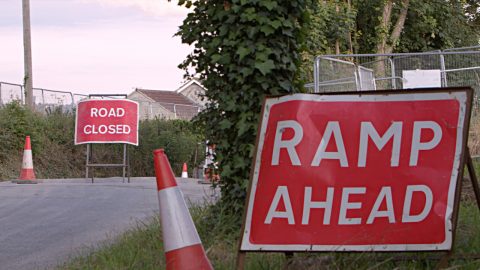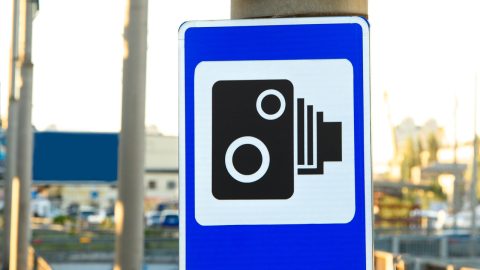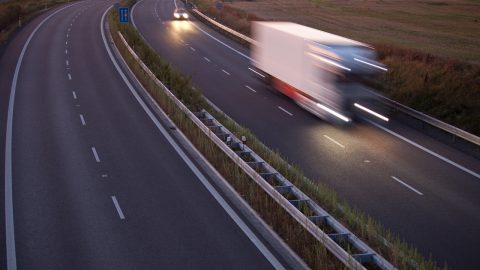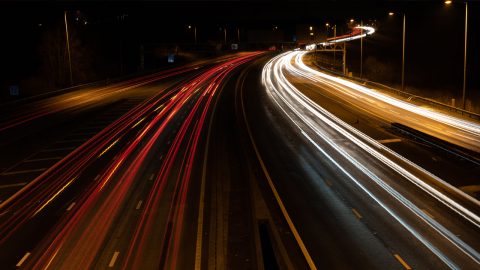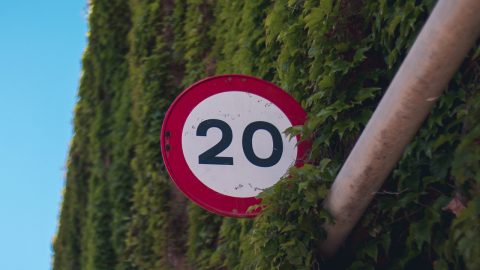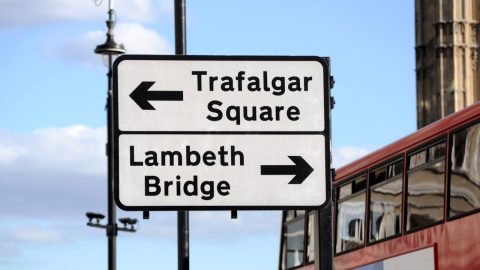The quest for safer, greener, and more community-friendly urban spaces has led many councils across the UK to reconsider their approach to speed limits. Wales, in particular, has been at the forefront of this movement, with a significant push towards implementing 20mph speed limits in urban areas. However, the journey towards this lower-speed utopia has not been without its bumps and detours, prompting a broader discussion about the best path forward.
The Monmouthshire Reversal
In a notable twist, Monmouthshire Council in South Wales decided to end a trial of the new 20mph urban speed limit on some roads, reverting them back to 30mph. This decision stemmed from a wave of negative feedback from the public, who raised concerns about increased journey times and traffic congestion – but understandably returned to 20mph once Wales introduced the change officially.
While the intentions behind the lower limits were noble—aimed at enhancing safety and encouraging more sustainable modes of transport like walking and cycling—the blanket application of these limits was met with resistance. Critics argued that such restrictions might be practical on residential streets and near schools but less on busier arterial roads.
The Bigger Picture in Wales
The Welsh Government’s initiative to roll out 20mph limits was driven by a vision for safer, healthier communities. By focusing on “restricted roads,” defined by their street lighting, the government aimed to improve road safety and encourage a shift towards walking and cycling. This policy was part of a broader strategy to create more sustainable urban environments, aligning with global trends towards reducing vehicular speeds in city centres.
Despite these commendable goals, the implementation faced its share of challenges. From concerns about compliance and the potential for increased accidents and road rage to debates over the financial implications during economic downturns, the path to 20mph has been anything but straightforward. Some residents voiced concerns over the effectiveness of the pilot schemes, noting that non-compliance was common and that the changes led to more cars following closely together, heightening the risk of accidents.
Lessons Learned and the Way Forward
The feedback from Monmouthshire and other communities suggests that a one-size-fits-all approach to speed limits may not be the answer. Instead, a more nuanced strategy, focusing on targeted areas where lower limits would have the most benefit and community support, might be the key. This approach would allow for reduced speeds’ safety and environmental benefits without unduly impacting journey times on major thoroughfares.
As other regions in the UK watch Wales’ experience with keen interest, the debate over urban speed limits continues. The challenge lies in balancing safety, environmental goals, and practical considerations, all while keeping the community’s needs and sentiments at the heart of the decision-making process. The journey towards safer, more sustainable urban spaces is ongoing, and the lessons learned in Wales will undoubtedly contribute to shaping future policies both within the UK and beyond.
The evolving conversation around 20mph speed limits in Wales highlights the complex interplay between policy intentions and public reception. As communities and policymakers navigate these waters, the goal remains clear: to create urban environments that are safe, sustainable, and in harmony with the needs of their inhabitants.

